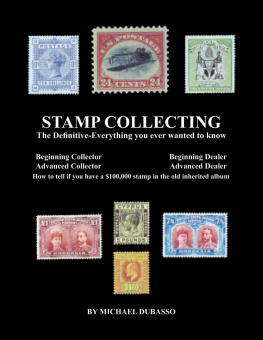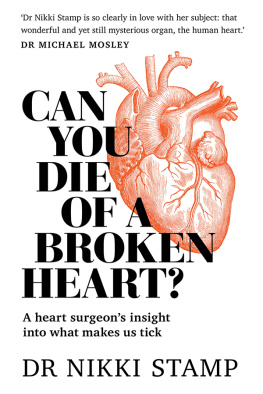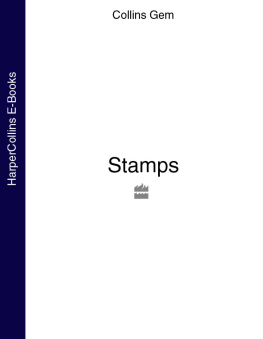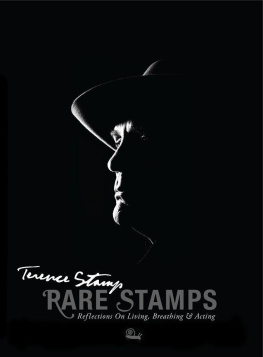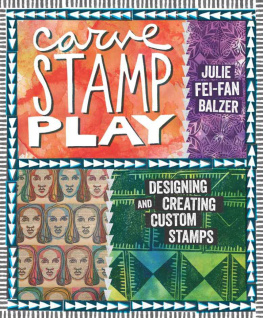We lick it, and we stick it on a letter or parcel.
We think not anymore about it.
What was it I put on that article.
INTRODUCTION TO STAMP COLLECTING
The History and development of the Postal SystemLeading to the first Postage StampGreat Britain issued the first official postage stamp in 1840. This did not represent a discovery of the postal system. It was in reality a major improvement over the prior era of Stampless covers; (Stampless covers are just that, letters sent through the postal system baring no adhesive stamp). Postal systems go back thousands of years, some say as early as 3500 BC when the Sumerians of ancient Mesopotamia developed the cuneiform system of writing, impressed on stone, clay brick and tablets. Excavations of their ruins and that of their successors, the Babylonians, Assyrians and Persians, have unearthed such messages. The phrase neither snow, nor rain, nor heat, nor gloom of night stays these couriers from the swift completion of their appointed rounds was coined in 485 BC by Herodotus, the Greek traveler and Historian, in his admiration of the postal systems of the Persians. The early Greek and roman post systems were carried out in relays bythe fleet of foot and by horse. Pigeon posts and carriages were also used in those days. Postal systems are known to have been established by the pharaohs of ancient Egypt, Charlemagne, The Holy Roman Emperors, King Henry V111 of England and the leaders of the Hanseatic League of Towns. The Incas and Aztecs of the Western Hemisphere used runners for their highly efficient postal systems. Hardly any great power of the pre 1840 World did not have some kind of postal system. This was an absolute necessity to maintain authority, collect taxes and tribute, as well as to be alerted in case of insurrection or impending invasions. Genghis Khan, (1162-1227), the great Mongol Conqueror, extended his empire over vast areas of plains, deserts and mountains. He established along his route well-organized and efficient posts. Between these went dispatches of army communications and matters of state. His grandson, Kublai Khan, further improved this system, establishing over 10,000 postal and refreshment stations, with riders traveling back and forth, day and night with frequent changes of horses. The Venetian traveler Marco Polo mentioned that messages of urgency were forwarded at the rate of 250 miles per day. At first serving only the royal princes in Europe since the 15th century, the House of Thurn & Taxis opened up its postal system to the public in 1505. It continued to operate throughout Europe until 1867-72, during which times those of the unified German Empire superseded its use by certain German States. With improvements in speed due to developments in steam and electric locomotion, motor vehicles, airplanes, etc, the postal system attained its present high degree ofspeed and efficiency. For centuries the old posts served only royalty, nobility and the church. They were also used for war communications, matters of state and urgency. In time this service was extended to business houses, important merchants, and favorites of the court and Universities. It was not available to the average citizen. Anyhow, few people in those times knew how to read or write. By progressive stages, messages were first written on stone and claytablets, then on papyrus, wax, and parchment, and eventually on paper as in modern times. In1680 William Dockwra established an efficient penny post system in London with over 400 receiving stations. He is supposed to have been the first to originate the postmark indicating the date, time and place of mailing. Dockwra conflicted with James, Duke of York, and his post office was taken over and incorporated into the government postal service. At the time adhesive stamps were first used in 1840, the sender usually folded the letter paper so that it formed the message and wrapper, (envelope), together. There was usually a wax seal on the back. If an envelope was used it was usually handmade. These so-called Stampless covers weresent collect, with rates determined by the distance and weight when letters were refused; the government had no means of exacting payment. It was Sir Rowland Hill, father of the modern postal system, who originated low postal rates and instituted advanced ideas and reforms in the postal system of Great Britain during the reign of Queen Victoria. He reduced the distance rate on ordinary letters from one shilling to one penny, payable in advance. This rate of postage was determined by weight not by distance. In 1840, Rowland Hill introduced in Great Britain the first adhesive postage stamps. This was the one-penny black, which came out simultaneously with the next denomination, the two-penny blue. Both were imperforate and the stamps had to be cut apart by scissors or other means. Hill also commissioned William Mulready of the Royal Academy of Arts to design a stamped envelope. This Mulready envelope and the first two adhesive stamps went into use in England May 6th, 1840. The two stamps met with tremendous success. The public bought them not only for postal use but also out of admiration, and for their value as souvenirs. However, the Mulready envelope, although of elaborate design, was received with ridicule. Caricatures appeared in the press and leading periodicals. The result was that most of these Mulready covers were withdrawn and destroyed by the post office. Both the original covers and caricatures are now highly prized by collectors. In the United States about 1842, Alexander Greig operated a private City Dispatch Post in New York City, where he set up mailboxes. With the consent of Federal Postmasters, individual cities issued their own stamps. Among them were St. Louis Mo., New Haven, Conn., Brattleboro, Vt., Rhode Island, and Baltimore Md. In 1847 these issues were proceeded by the Federal Government issues, which are our first postage stamps. The first two stamps of the United States were issued in two denominations, a five-cent stamp bearing the likeness of Benjamin Franklin and a ten-cent issue bearing the likeness of George Washington.
INTRODUCTION: HOW TO USE THIS BOOK
Yes, this book is a tool for anyone interested in philately. For the beginner this book is a must, as it will give you all the information you need to get started. If you are a collector, an investor, adealer or a person who has inherited a valuable stamp collection, this book will help you. Almost everyone who reads this book will be greatly aided and will, in all likelihood change their collecting habits, becomes a more proficient dealer, or learns how to sell a stamp collection.

